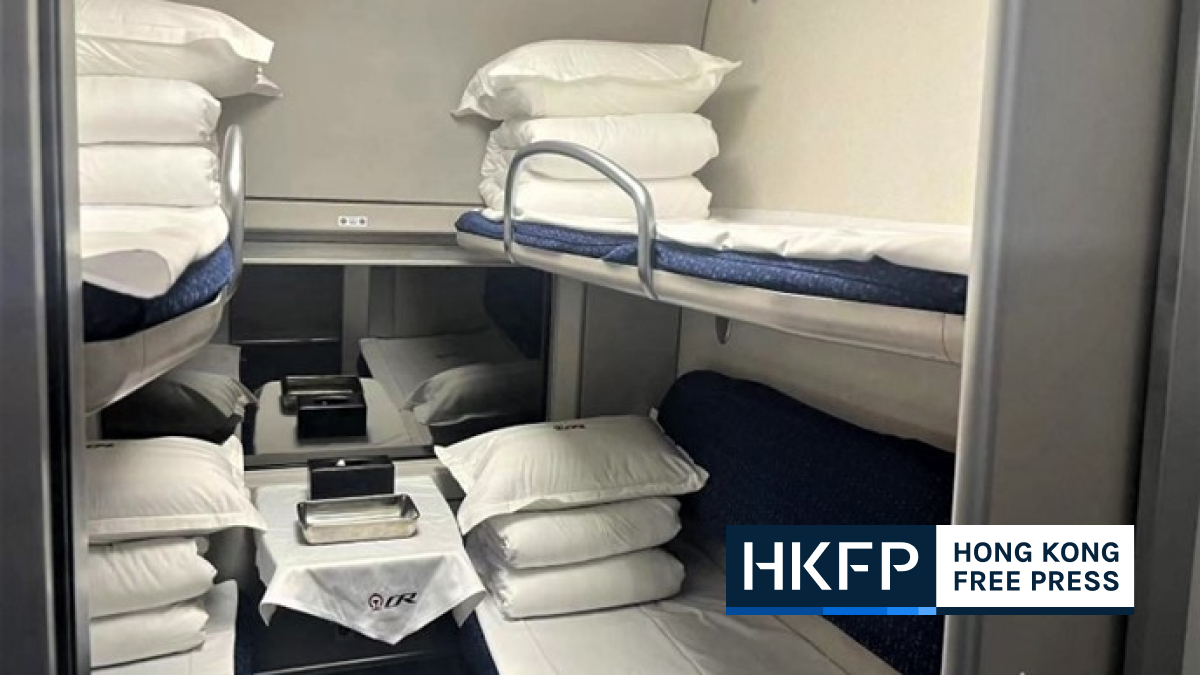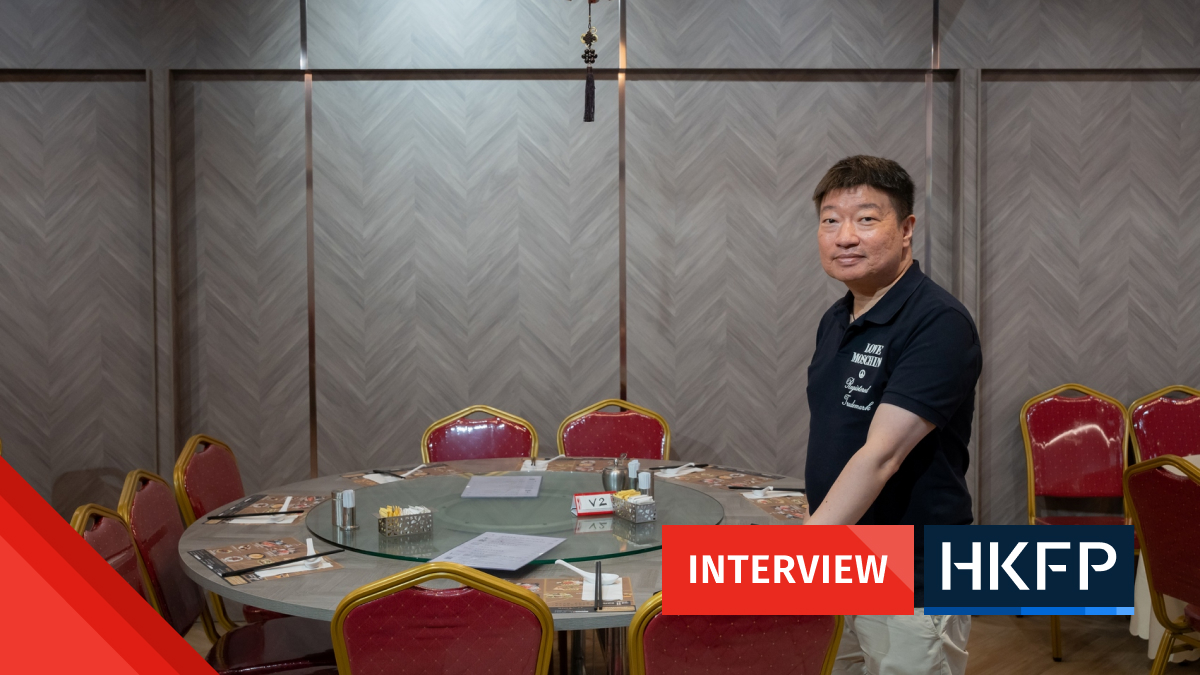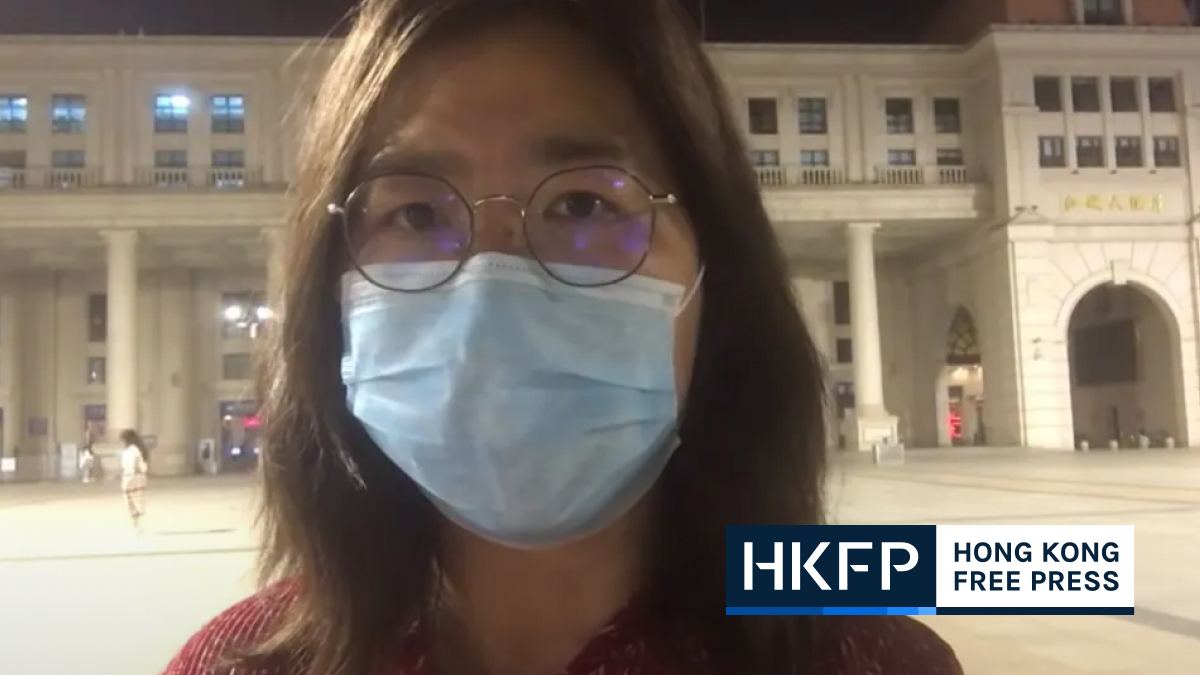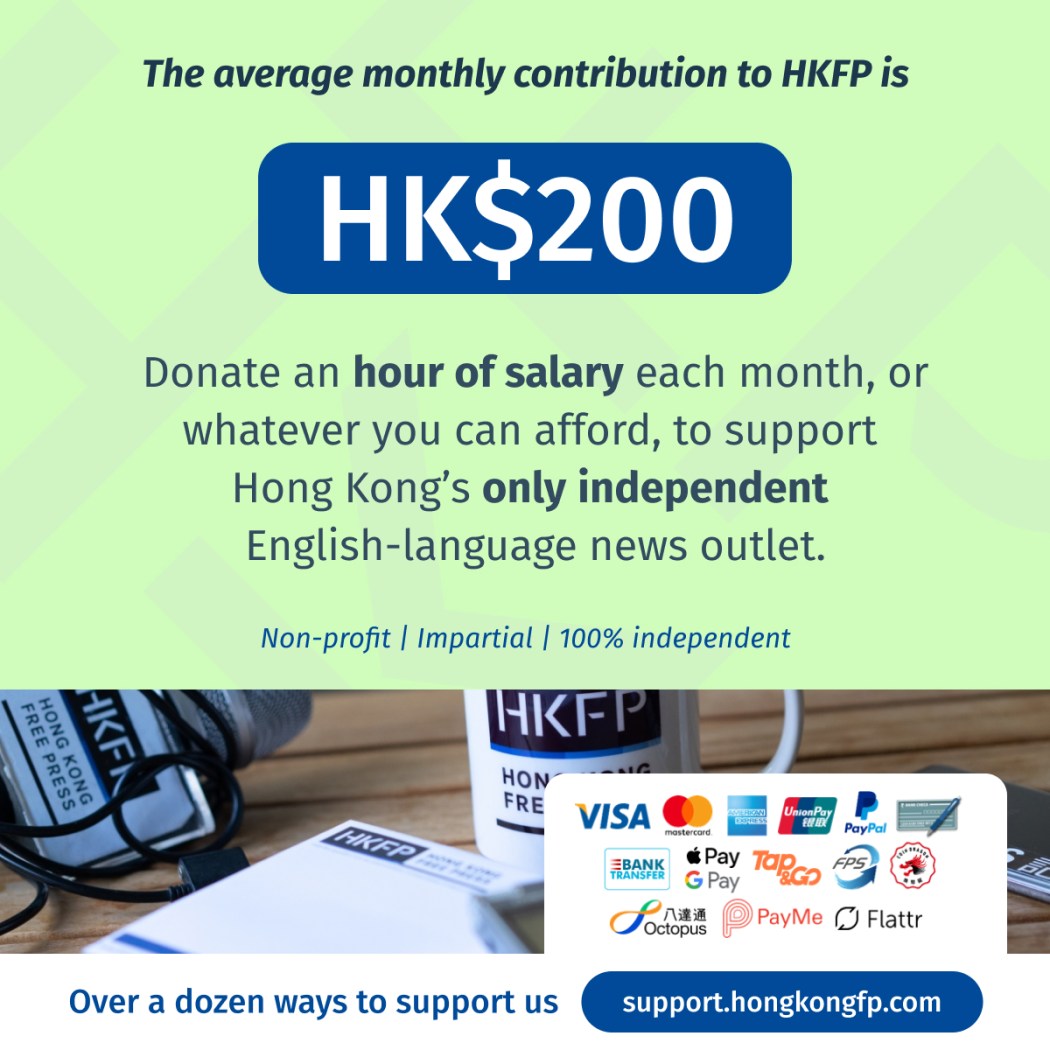Hong Kong has enforced some of the world’s strictest Covid-19 travel restrictions since the pandemic broke out close to three years ago. While most other destinations have long abandoned curbs, it was less than three months ago that the city abandoned mandatory hotel quarantine for all incoming travellers.
At one point the period of enforced isolation lasted as long as 21 days, and damaged Hong Kong’s status as an international city. The duration of quarantine was gradually reduced and scrapped entirely on September 26.

After that, arrivals were no longer forced to isolate at designated hotels but still had to undergo three days of “medical surveillance” during which they were barred from restaurants, bars and some other venues – what became known as the “0+3” mechanism.
The entry ban into premises for inbound travellers was scrapped on December 14, but arrivals must still take two PCR tests and five RAT tests after arrival – a requirement which is seen by the industry as a continuing deterrent to tourism.
In five graphs, HKFP explores the impact of the relaxation of travel restrictions.
Significant increase in passenger flow
Since quarantine was scrapped, the passenger flow at Hong Kong International Airport has increased significantly – from 156,204 arrivals and 171,149 departures in September, to 443,435 incoming passengers and 558,224 outgoing passengers in December so far.
But while the number of airport arrivals in the past three months has surpassed the total for January to September, the vast majority were Hong Kong residents rather than tourists.
A month after “0+3” was implemented, Lisa Wan, an associate professor from the Chinese University of Hong Kong, told Ming Pao the scheme was equivalent to “transfusing blood” to other countries since Hong Kong could not attract tourists, but the city’s residents had begun to travel.
According to air travel figures from the Immigration Department, Hong Kong has seen more people leave than arrive since “0+3” was implemented.
This Christmas is the first since 2019 with no compulsory quarantine and parts of the hard-hit tourism industry, including companies organising overseas tours, are staging a modest comeback. James Hong, a local travel writer, said in a Facebook post last Thursday that all flights from Hong Kong to Japan were full, and there were long queues at airport check-in counters.
Simon Lee, senior lecturer of the Chinese University of Hong Kong’s School of Accountancy, told HKFP last Friday that the relaxation of travel restrictions had not really helped attract tourists, as incoming travellers still have to undergo PCR tests upon arrival.
“Other places don’t require that, they won’t even check your vaccination record,” said Lee.
The senior lecturer said that the adjustments to restrictions came “too late,” and that the current rules would not help revive international tourism.
‘Permanent damage’
The government’s response to the pandemic and its policies have been sharply criticised for damaging the city’s economy and its competitiveness. Hong Kong was overtaken by Singapore in the latest Global Financial Centres Index, ranking fourth among 119 regions.
While Financial Secretary Paul Chan defended the city’s reputation as an Asian hub, it has been overshadowed by Singapore’s recovery from the pandemic. The city-state lifted travel restrictions for fully vaccinated visitors in April this year, and for the unvaccinated in late-August.
Even though both Hong Kong and Singapore saw an exponential drop in airport arrival figures in early 2020, the number of arrivals in the southeast Asian country in October reached over 50 per cent of the pre-pandemic level, with 1,823,550 arrivals.
“There is still a long road ahead for us to go back to pre-pandemic levels,” said Lee, who estimated that it might take the city another two to three years to recover.
“But some [is] also permanent damage.”
There is also a sharp contrast between the operations of the cities’ two flag carriers, Cathay Pacific and Singapore Airlines.
The monthly total of passengers carried by Singapore Airlines has surpassed that of Cathay Pacific since September 2021, with the Singaporean carrier transporting over 1.6 million passengers in November this year compared to Cathay Pacific’s 526,827.
While the Hong Kong airline has been witnessing a gradual recovery in usage, staff slammed its treatment of crew members, with the Cathay Pacific Airways Flight Attendants Union announcing three days before Christmas that it would take industrial action and “work-to-rule”.
Cathay Pacific told HKFP that flight services would “continue as scheduled” and there was no need for customers to be concerned, and that cabin crew members who worked during Christmas, the New Year and the Lunar New Year periods would receive a special allowance.
The airline added that it was “grateful for the hard work and commitment shown by our cabin crew throughout the challenging pandemic years,” and was committed to “doing whatever is feasible to continuously improve roster quality.”
“We believe layover patterns will improve gradually when frequencies increase and the temporary measures with additional crew members onboard certain flights will be updated accordingly,” it said.
Support HKFP | Policies & Ethics | Error/typo? | Contact Us | Newsletter | Transparency & Annual Report | Apps
Help safeguard press freedom & keep HKFP free for all readers by supporting our team















